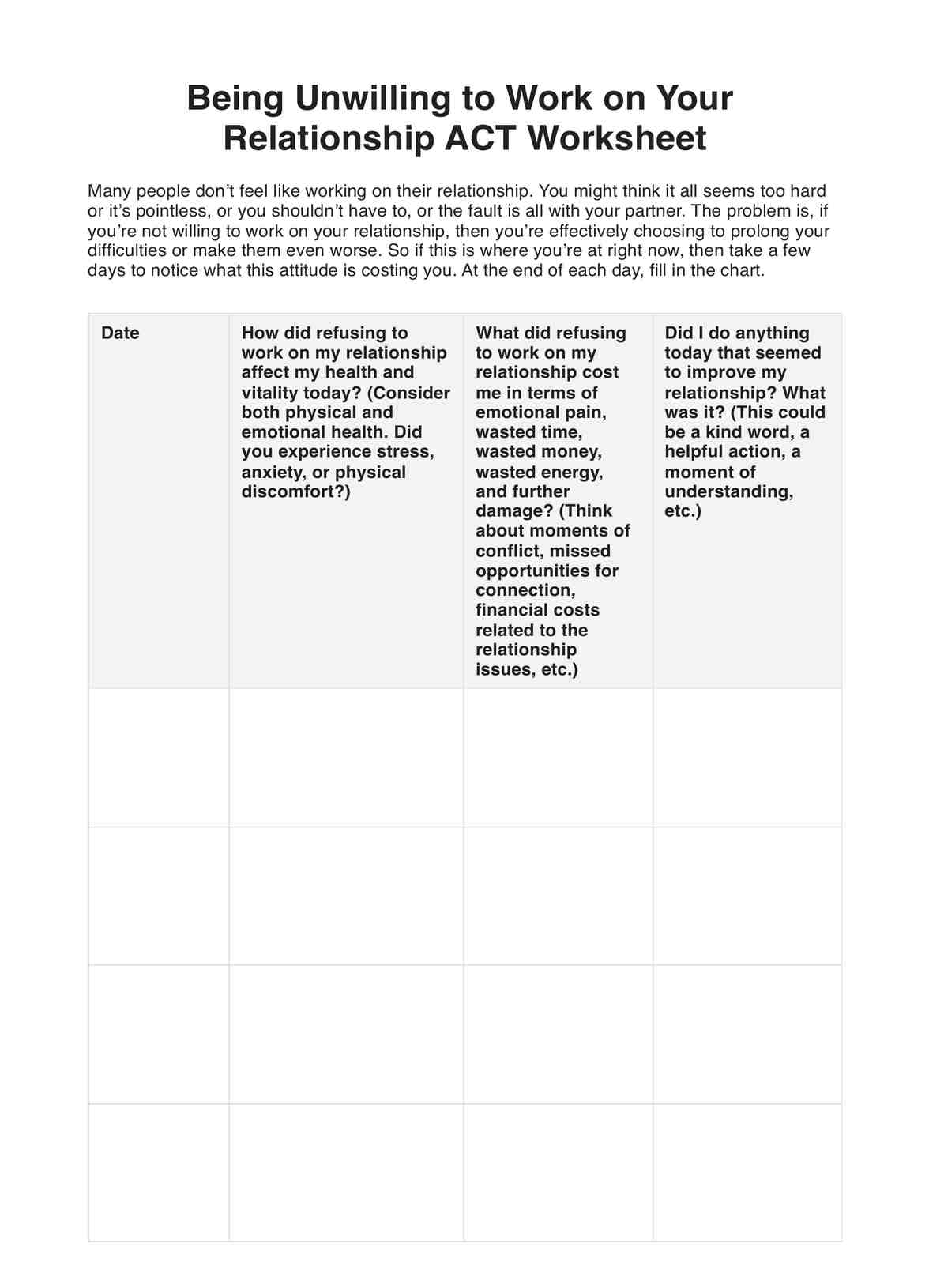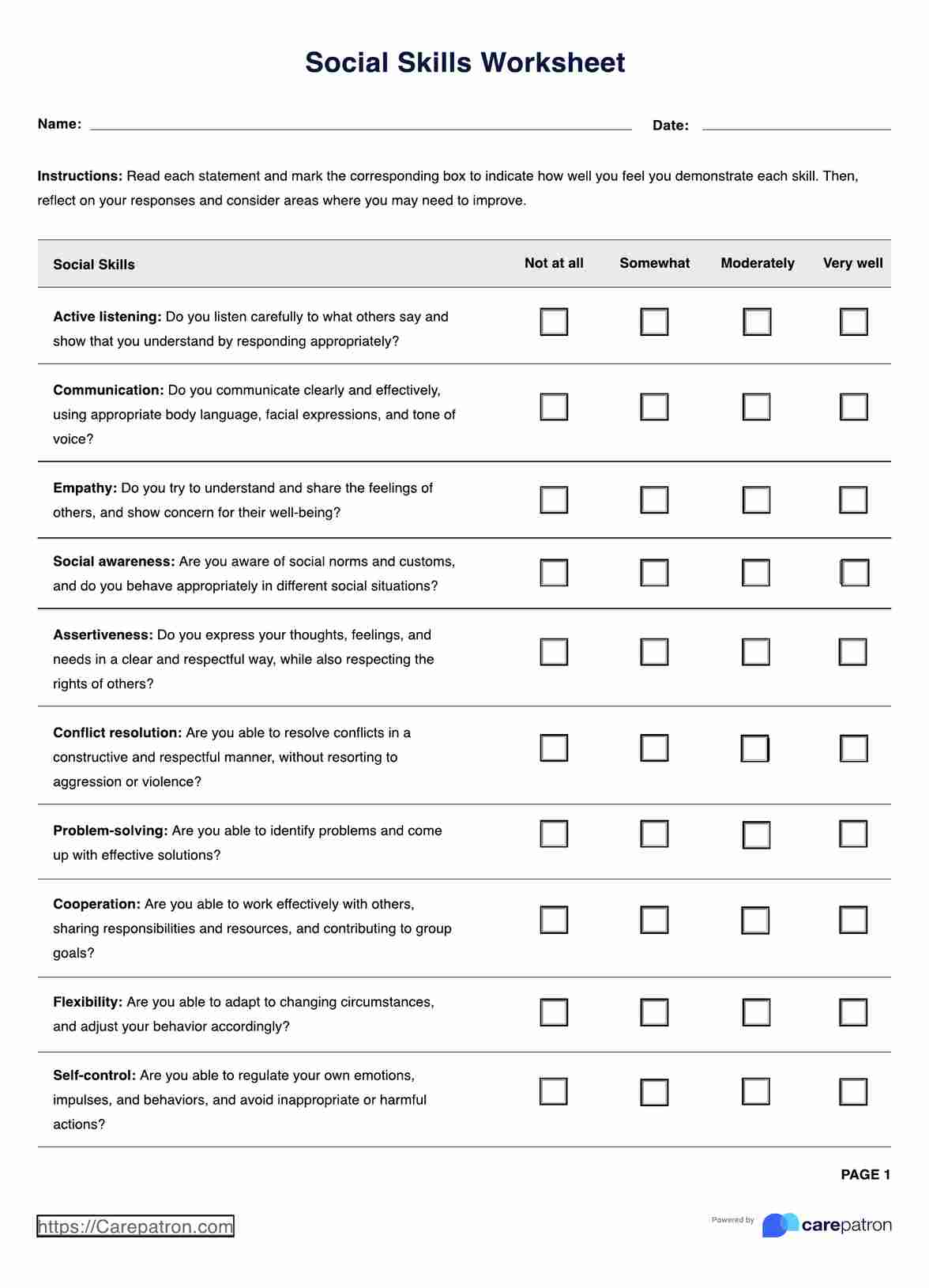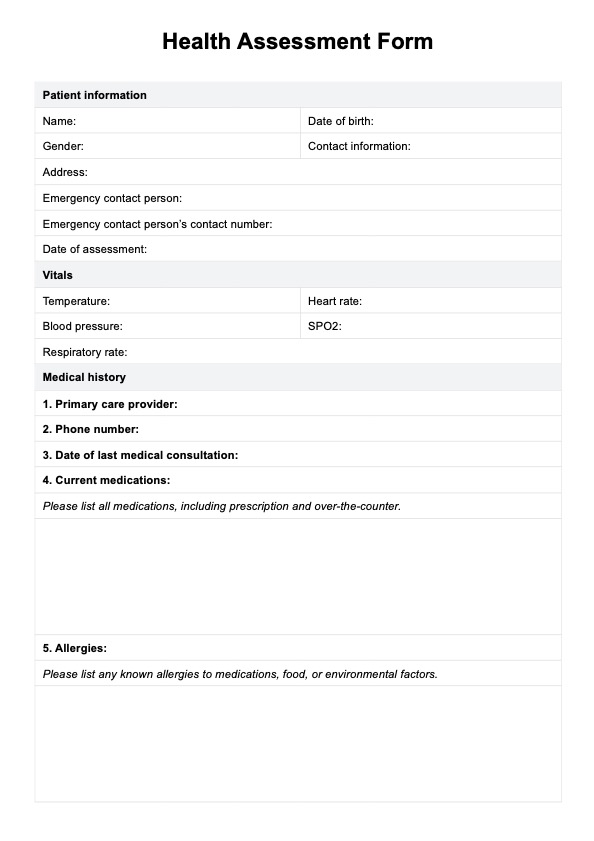Goal Attainment Scale (GAS)
The Goal Attainment Scale (GAS) is a simple and effective tool to measure progress towards any goal. Learn more about GAS and download the free template and example.


What is a Goal Attainment Scale (GAS)?
Attaining goals can be gratifying and a great way to stay motivated and driven. Setting achievable goals and working hard can also increase self-confidence and a sense of accomplishment.
To help patients reach their treatment goals and track their progress, many healthcare professionals utilize the (GAS). It is a measure of progress toward a specific goal. It helps evaluate the effectiveness of a program or intervention by comparing changes in skills, behaviors, or outcomes over time.
GAS is typically designed by the clinician or individual working with the patient and is tailored to fit each person’s goals. It is based on the assumption that when people work to achieve their goal, they will make measurable progress over time.
Goal Attainment Scale (GAS) Template
Goal Attainment Scale (GAS) Example
How does this Goal Attainment Scaling work?
This free GAS template is quick and easy to use. Here's how you can get started:
Step One: Download the Goal Attainment Scale worksheet
Access the free GAS form using the link on this page or the Carepatron app. You can also find it in our resources library.
Step Two: Discuss the GAS with your patient
Talk about their goals and decide together which skills or behaviors need to be monitored or tracked.
Step Three: Set the GAS criteria
Using the GAS worksheet, decide what criteria will measure progress: how much, how often, etc. This will help you determine what level of progress will be considered “good” or “great”.
Step Four: Provide a copy to your patient
Provide the patient with a copy of the GAS worksheet. Include your agreed-upon criteria and goals.
Step Five: Evaluate progress
Measure the patient’s progress against the criteria and goals established. Indicate the date when a goal is achieved and jot down any observations or remarks. This will help you better understand the patient’s progress and your intervention's success.
Step Six: Make necessary adjustments
If the patient needs to make progress, or if they are making too much progress, discuss it with them and make any necessary adjustments to the GAS form.
Goal Attainment Scale Scoring
GAS scoring is based on a 5-point scale, ranging from -2 to +2. Each point is an indicator of the patient’s progress toward their goals:
- +2: Much more than expected
- +1: More than expected
- 0: Expected outcome
- -1: Less than expected
- -2: Much less than expected
Each GAS level also has a measure or criteria you and your patient set. These measures can range from a specific number to overall performance (e.g., “able to ride a bike for 20 minutes”). However, note that the GAS does not measure success or failure; it simply measures progress.
When to use this Goal Attainment Test?
The GAS is an excellent tool for evaluating the effectiveness of interventions and tracking progress over time. It can be used in any area, such as physical therapy, cognitive therapy, occupational therapy, and more. Additionally, you can utilize this test to:
Measure the patient’s progress toward set goals
Using the GAS, you will see how much progress your patient makes toward their goals. You can evaluate the effectiveness of the interventions and make any necessary adjustments if needed.
Observe changes in behavior or skills
The Goal Attainment Scale allows you to observe changes in skills or behaviors over time. This will help you identify areas that need improvement.
Set realistic expectations for patient and clinician
You can use the Goal Attainment Scale to set realistic expectations for both you and your patient. It can also help your patient stay motivated throughout treatment, leading to better outcomes.
Who is this Goal Attainment Scale PDF for?
Any clinician working with a patient can use this GAS assessment worksheet. It is ideal for:
- Physical therapists
- Occupational therapists
- Psychologists
- Mental health professionals
- Counselors
- Social workers
- General practitioners
- Nurses
- Physiotherapists
- Speech pathologists
Additionally, you can use the GAS in different settings, such as clinical practice, research studies, or in-home health settings. This assessment can also measure goals for individuals from different age groups.

Benefits of free Goal Attainment Scales
The GAS is an excellent tool for tracking patient progress and evaluating the effectiveness of interventions. This template has heaps of benefits:
It's fully digital
You can easily access and fill out the assessment on any device, allowing you to save time and work more efficiently.
It's simple and easy to understand
The GAS template is straightforward to understand. This makes it perfect for any clinician, regardless of their experience level.
It's customizable and flexible
You can customize the GAS to fit your patient’s specific goals, giving you a more detailed assessment.
It helps make the patient feel more in control
Having patients set goals and track their progress will make them feel more involved in their treatment. This can help motivate them throughout their journey.
It gives you an objective measure of progress
The GAS lets you objectively measure your patient’s progress, giving you a more accurate picture of any improvements.
Commonly asked questions
Kiresuk and Sherman developed the GAS in 1968 to help clinicians assess a patient's progress in mental health services.
The GAS measures the progress of a patient toward specific goals. It allows clinicians to objectively assess how effective treatments are and adjust interventions if necessary.
You can administer the GAS in various ways, such as through interviews, observation, or physician-reported measures. You and your patient should work together to set specific objectives, and each goal should be rated based on the patient's progress.


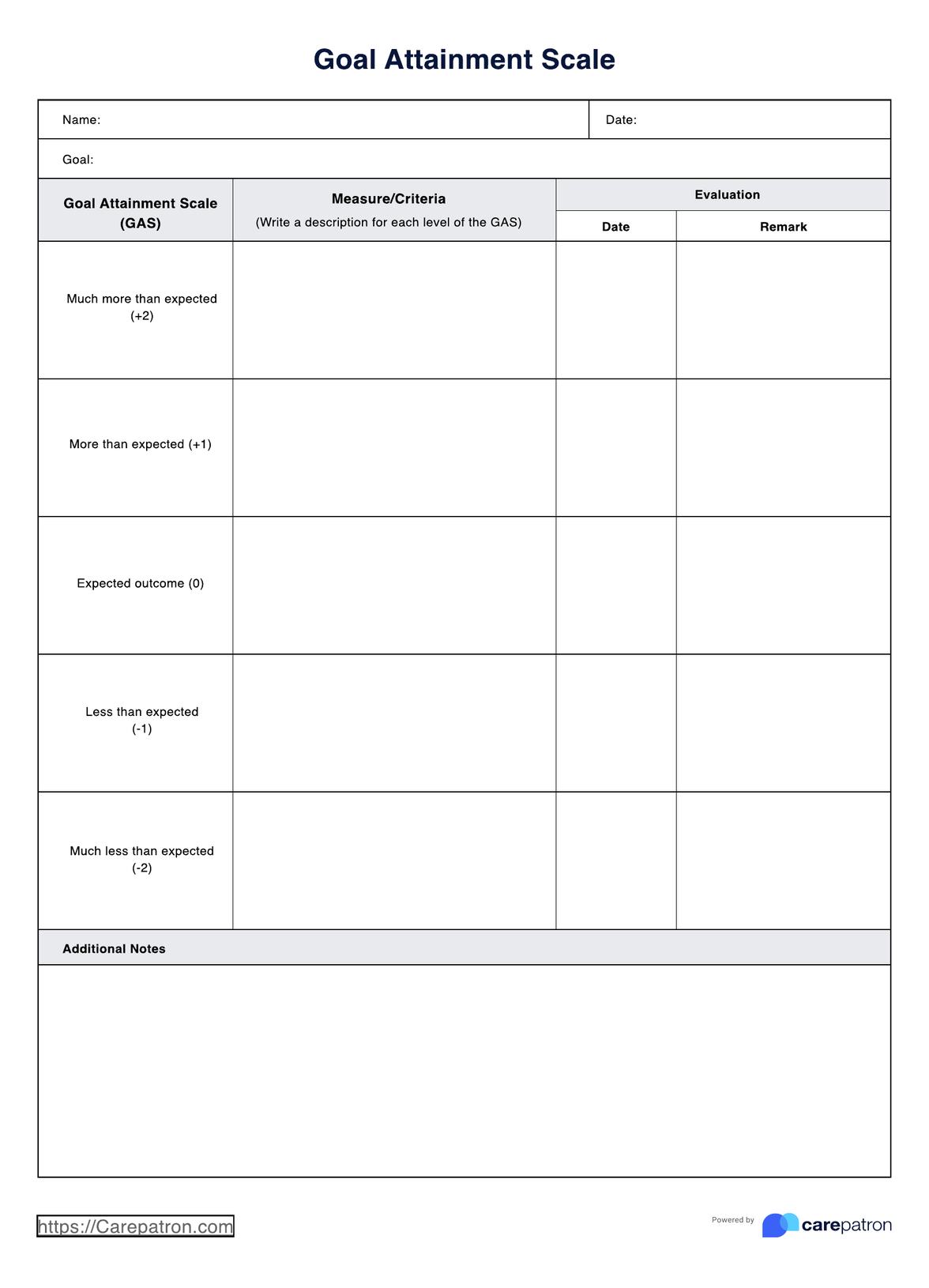
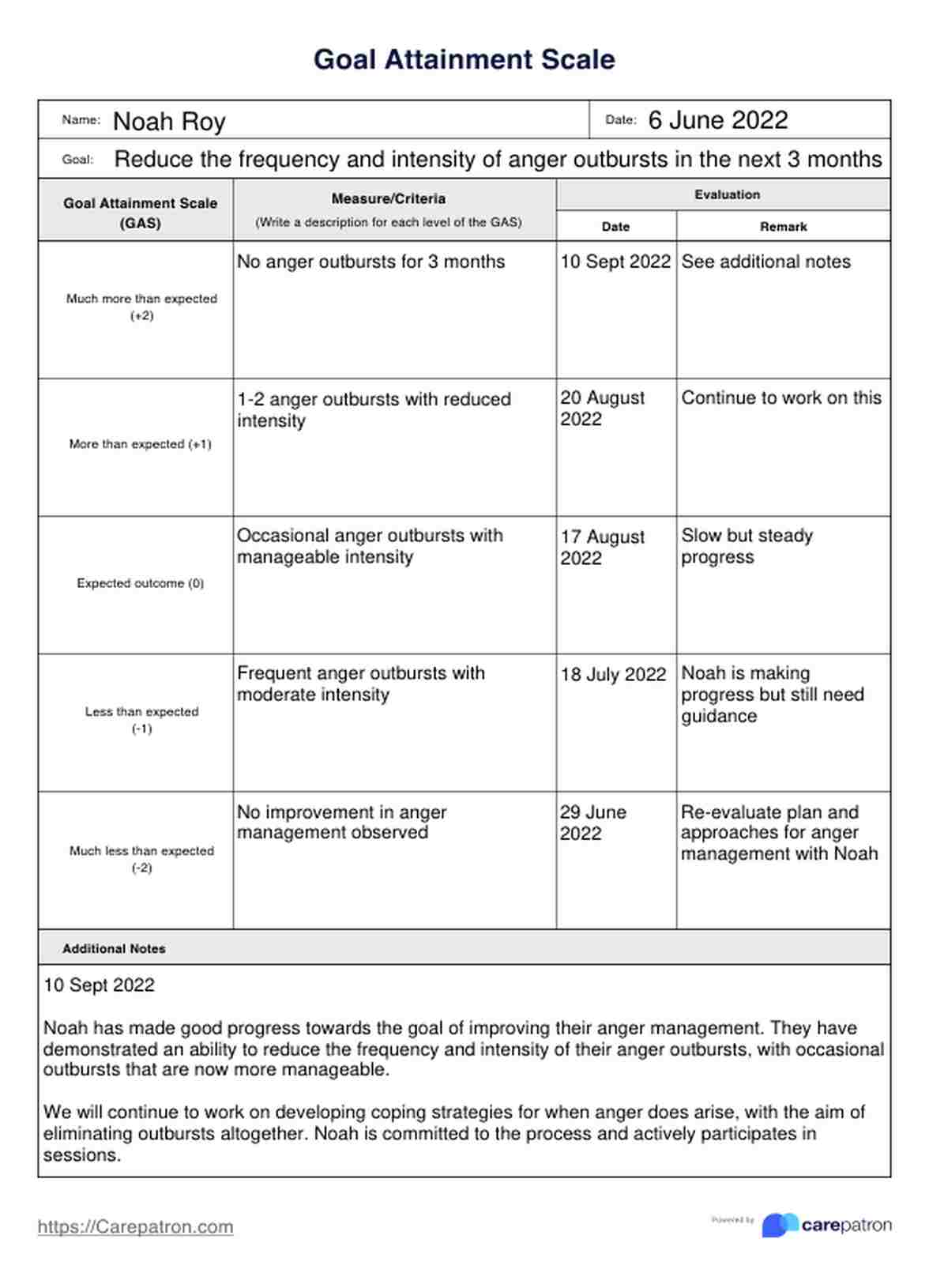













-template.jpg)






























































































